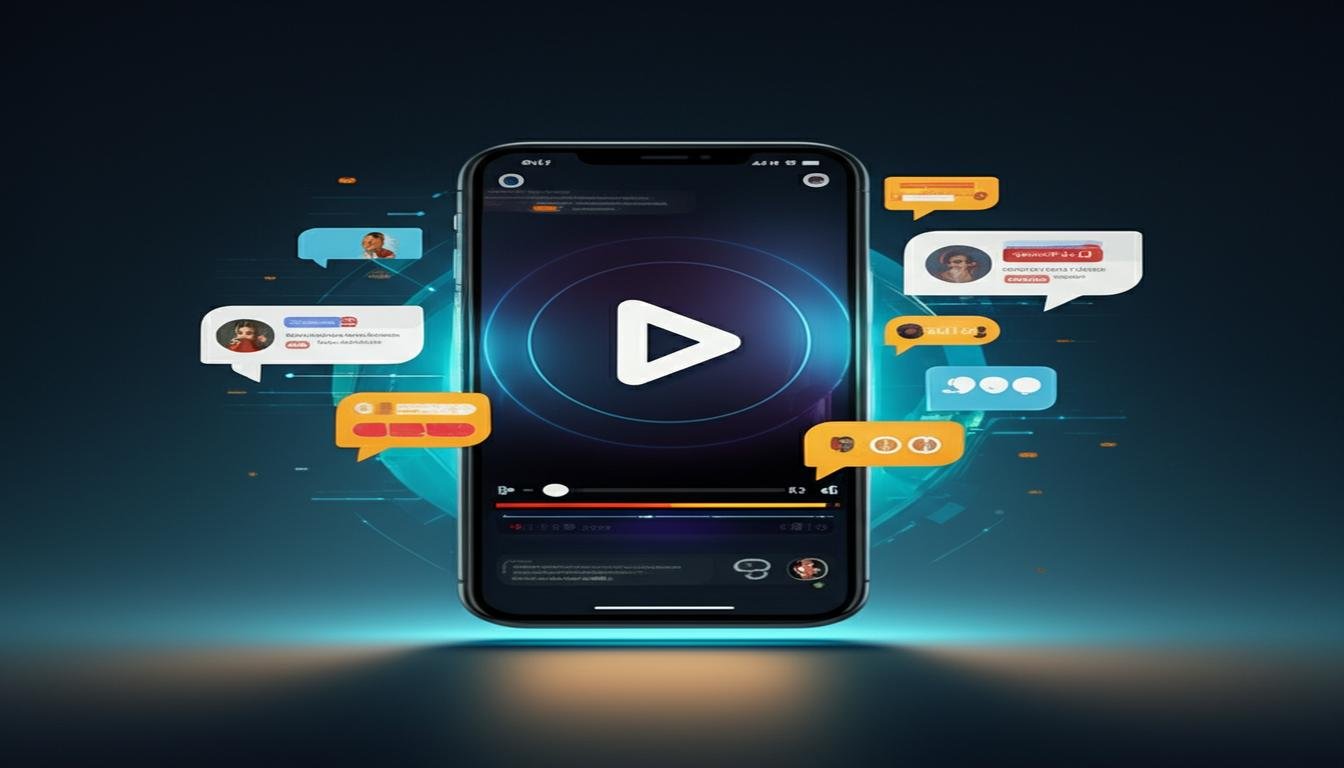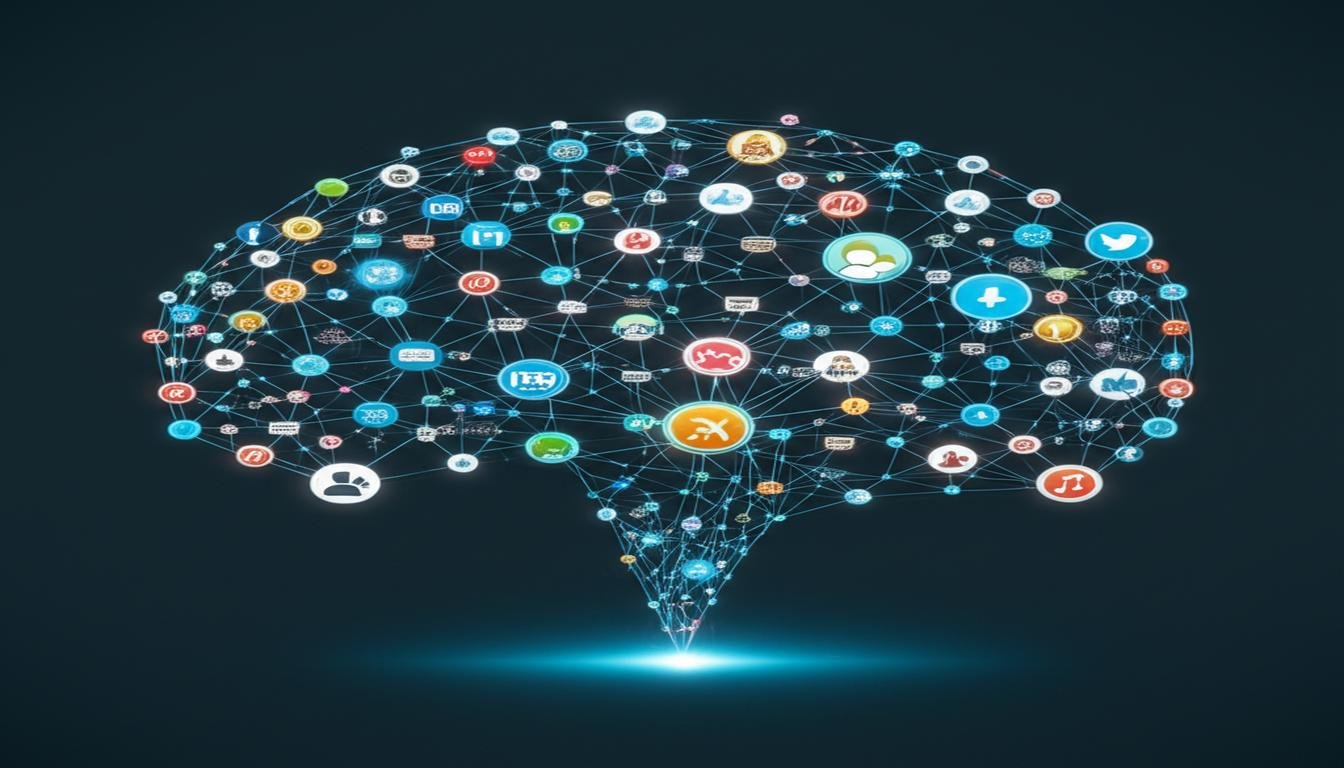Is AI Actually Reading Your Mind? The Truth About Neural Decoding
Ever wished you could just *think* something and have it happen? Or maybe wondered if someone could actually peek into your thoughts? For decades, “mind reading” was the stuff of science fiction. But what if I told you that AI tools are getting shockingly close to doing just that – literally interpreting your mental commands and intentions?
Hold on, this isn’t about telepathy like in the movies. We’re talking about cutting-edge artificial intelligence interacting with brain-computer interfaces (BCIs) to decode your actual brain signals. It’s a field exploding with possibilities, and it’s far more real than you might imagine.
How “Mind-Reading” AI Works: Decoding Brain Activity
So, how does an AI tool “read your mind”? It’s not magic; it’s science, specifically neurotechnology. Our brains constantly generate electrical signals. Different thoughts, intentions, and even imagined actions create unique patterns in these signals. AI steps in as the ultimate pattern recognition expert.
Here’s the simplified process:
- Capturing Brain Signals: Devices like electroencephalography (EEG) caps or more invasive implants (for medical purposes) pick up electrical activity from the brain. Functional MRI (fMRI) can also track blood flow changes related to brain activity.
- Data to AI: This raw brain data is incredibly complex and noisy. It’s fed into powerful AI algorithms, often using deep learning.
- Pattern Recognition: The AI is trained to identify specific neural patterns associated with certain thoughts, words, or intended movements. For example, if you consistently think “move cursor left,” the AI learns to recognize the unique brain signature of that command.
- Translating Intentions: Once a pattern is recognized, the AI translates it into an action. This could be anything from moving a robotic arm to typing a sentence on a screen without ever touching a keyboard.
It’s essentially turning the intricate language of your brain into actionable commands or interpretable data. This neural decoding is what makes “mind-reading AI” a reality.
Real-World Examples: What AI Can Already Do
The applications for this kind of cognitive AI are truly astounding and are already making a difference in people’s lives:
Controlling Prosthetics with Thought
For individuals with paralysis or limb loss, AI-powered BCIs are revolutionary. People can now move advanced robotic prosthetics simply by thinking about moving their arm or hand. The AI interprets their brain signals and translates them into precise movements of the artificial limb. Imagine regaining control and independence just by willing it!
Typing Without a Keyboard
Imagine being able to type an email or compose a document just by thinking the words. Researchers are developing systems where AI can decode brain activity related to speech or even handwriting, allowing users to type on a virtual keyboard at impressive speeds, all through mental commands. This is a game-changer for people who can’t speak or use their hands.
Reconstructing Images and Speech
This is where it gets truly fascinating, and perhaps a little bit eerie. Scientists have used AI to reconstruct images that people are looking at (or even just *imagining*) by analyzing their brain activity. They’ve even managed to reconstruct understandable speech from the brain signals of people attempting to speak. While not perfect, the accuracy is rapidly improving.
The Future is Now (and Beyond)
This neurotechnology isn’t just for medical advancements. Think about how “mind-reading” AI could shape our future:
- Enhanced Communication: Faster, more intuitive ways to interact with computers and smart devices.
- Learning and Training: AI could monitor brain states to optimize learning experiences or detect fatigue.
- Gaming & VR: Control immersive virtual worlds with pure thought, making experiences even more engaging.
- Assistive Technology: Beyond current uses, imagine controlling entire smart homes, wheelchairs, or even drones with mental commands.
The potential seems limitless, but it also brings up some big questions.
Ethical Considerations: Where Do We Draw the Line?
While the advancements are thrilling, it’s important to consider the ethical side of AI delving into our private thoughts. Questions around data privacy, consent, and potential misuse of such powerful technology are crucial. As these AI tools become more sophisticated, society will need to grapple with what it means to have machines interpret our deepest intentions.
It’s a balancing act: harnessing incredible power for good while ensuring safeguards are in place to protect individual privacy and autonomy.
Stay Curious, Stay Informed
The idea of an AI tool reading your mind might sound like science fiction, but the reality is that neural decoding technology is here and evolving fast. From empowering people with disabilities to hinting at entirely new ways we might interact with technology, the impact of these AI tools is undeniable.
We’re on the cusp of a new era where the line between thought and action blurs. It’s a field worth watching closely, not just for the incredible breakthroughs, but also for the important conversations about its place in our lives. What do you think about AI that can interpret your thoughts? The future is literally in our heads!









